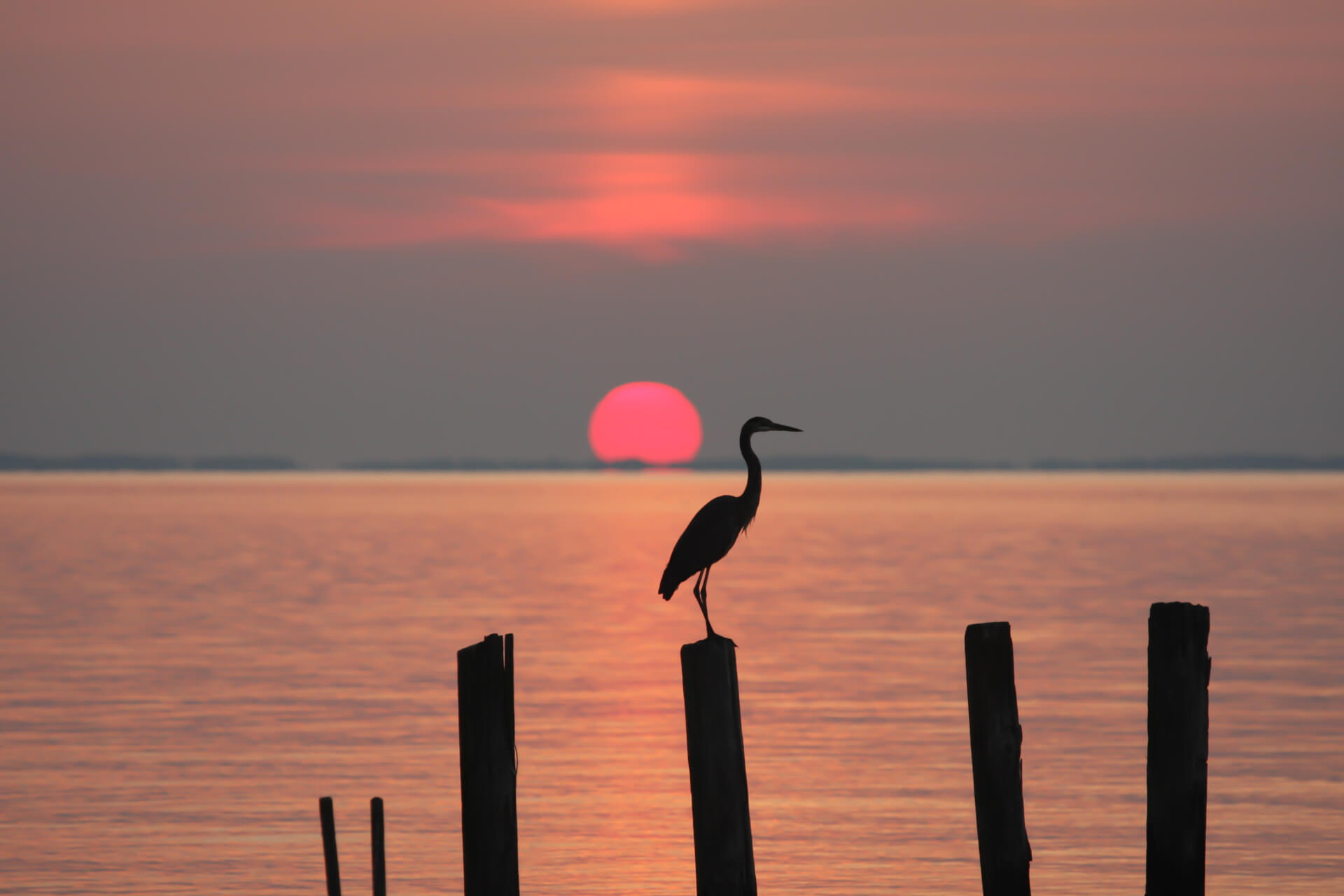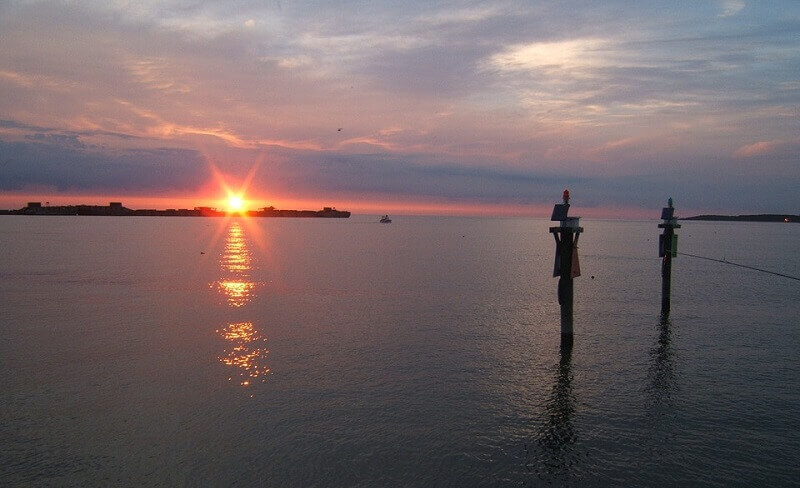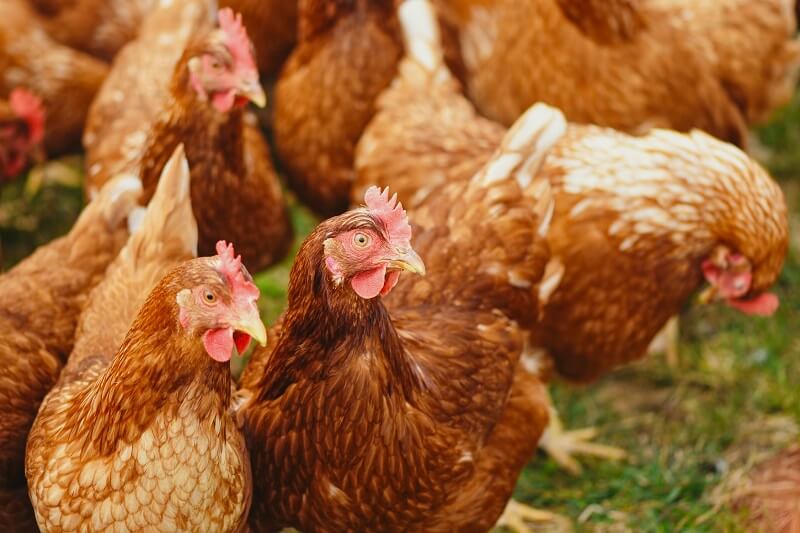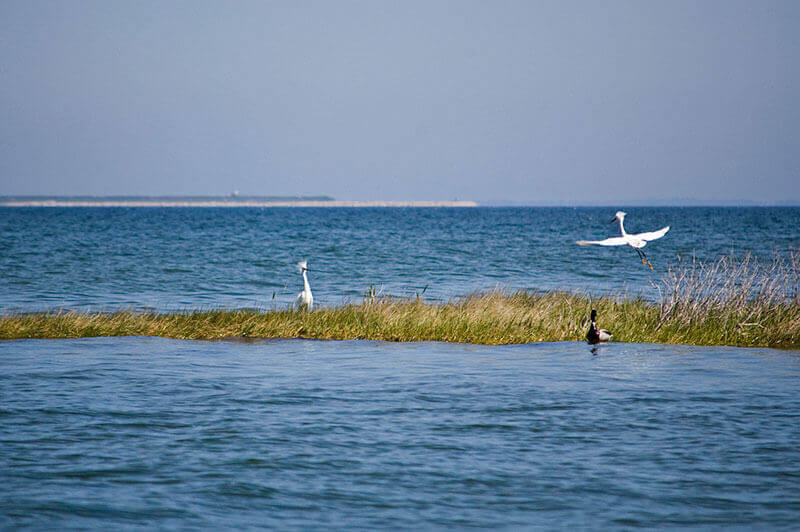Tom Pelton: Reality in the Bay vs. Rhetoric from the Poultry Industry

By Tom Pelton
The writer is director of Communications for the Environmental Integrity Project and author of the book “The Chesapeake in Focus,” published by Johns Hopkins University Press.
As the Chesapeake Bay cleanup effort has continued to languish, without any real progress, we keep hearing a familiar tune from Maryland’s farm lobby.
The claim is that the agricultural sector, the largest single source of pollution in the Bay, has been making heroic progress in reducing pollution – but urban areas are not doing their fair share, and environmentalists stubbornly refuse to acknowledge the success or value of farmers.
We heard this argument again in Maryland Matters on Dec. 10 in an op-ed that was written by Holly Porter, executive director of the Delmarva Chicken Association, and titled: “Bay Progress by Farmers, Against Development’s Currents.”
The article criticized our organization, the Environmental Integrity Project, for a report we released on Oct. 28. That report, “Blind Eye to Big Chicken,” examined more than 5,000 pages of Maryland Department of the Environment records and concluded that 84% of the 184 poultry operations inspected between 2017 and 2020 had violated their state water pollution control permits. But only two percent of these operations – or four total – were penalized by the state, most for $250.
The result of this chronic lack of environmental enforcement by the state: phosphorus pollution and algae continue to choke the rivers that flow through poultry country on Maryland’s Eastern Shore and have not improved over the last two decades.
The chicken lobby’s response has been to issue a string of false and misleading claims about our report – including, in its op-ed, that our organization “misinterpreted Maryland’s environmental regulations” (which is not true) and “then paid D.C. lobbyists to promote it.” This second assertion is a flat-out fabrication. Our report was researched, written, and promoted entirely by our in-house analysts, attorneys, and writers, without the hiring of any lobbyists in D.C. or anywhere else.
But the broader point about the Bay cleanup is the more important one. The chicken industry argues that computer models used by the EPA Chesapeake Bay Program “that are the gold standard for measuring the Bay’s health” prove that farmers have sharply reduced both their phosphorus and nitrogen pollution into the bay over the last three decades.
This is a misleading use of Bay Program computer modeling estimates, which are designed to guess what might happen years or decades in the future if pollution control “best management practices” employed by farms (such as planting trees beside streams) perform as well as EPA hopes they will in reducing runoff. These computer estimates of the future were never intended to show past progress and have been widely criticized as inaccurate, by both farmers and environmentalists.
The only real “gold standard” for measuring past success in reducing pollution is actual water quality monitoring.
That real-world monitoring is what we used as the basis of our report’s conclusions. Our organization examined state water motoring data at 18 locations in Eastern Shore rivers and found that phosphorus pollution and algae levels have remained at about the same high and unhealthy level over the last 20 years.
According to University of Maryland Center for Environmental Science (UMCES) annual report cards of the health of the Bay region – which are also based on monitoring — the overall health of the Eastern Shore’s rivers have declined over the last two decades, falling from an average of 42 out of 100 in the years 1998-2000 to 36 out of 100 in the years 2018-2020.
More broadly, the Chesapeake Bay’s overall health has not improved from an average of 46 out of 100 in 1998-2000 to 45 out of 100 in 2018-2020, according to the UMCES data.
If farms were really performing as heroically to reduce pollution as the poultry lobby claims they are, the phosphorus pollution levels and excessive algal blooms in the rivers of the Eastern Shore would have begun to decline by now, after decades of Bay cleanup efforts.
They have not. That is the reality as measured in the water, and more cheerleading and happy talk won’t solve the problem, although here is something that could: strengthening state enforcement and oversight of an industry that produces over 600 million pounds of manure ever year in Maryland while earning billions of dollars in revenues.




 Creative Commons Attribution
Creative Commons Attribution